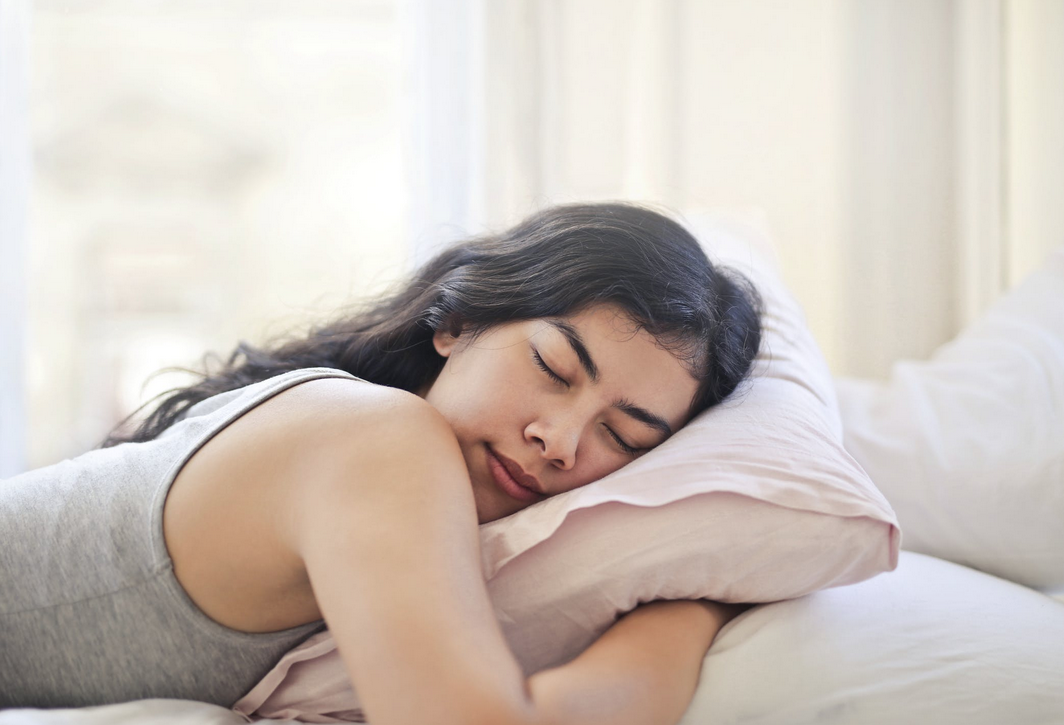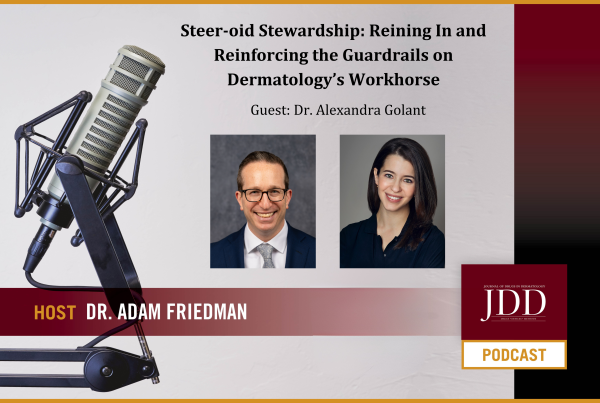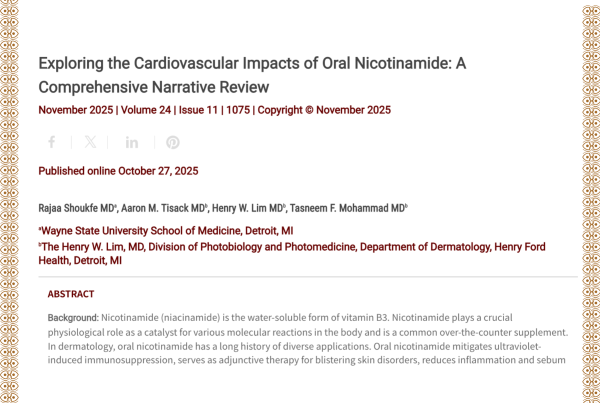Featured Article

Skin activities follow endogenous circadian rhythms resulting in differences between daytime and nighttime properties. To address the variations in skin needs, a novel circadian-based dual serum system (LVS) was developed.
Skin activities follow endogenous circadian rhythms resulting in differences between daytime and nighttime properties. To address the variations in skin needs, a novel circadian-based dual serum system (LVS) was developed.
The concept of human body rhythms has been popularized as important in overall body health. These rhythms are characterized as fluctuations in mental, physical, and emotional well-being based on the clock. These fluctuations are related to the day/night cycle, hormones, meals, sleep/wake cycle, adrenal gland production, thyroid gland, and clock genes.
The study of the body circadian rhythm is known as chronobiology with studies of the body’s inner clock dating back to the 18th century. There are three types of chronobiology rhythms: infradian rhythms, ultraradian rhythms, and circadian rhythms. Infradian rhythms last more than 24 hours and are repeated only every few days, weeks, or months representing such activities as female menses. Ultradian rhythms are shorter than 24 hours and often last several hours, such as ingestion of food. Finally, circadian rhythms last 24 hours with distinctive day/night cycles.
Circadian rhythms are endogenous and adjusted to the local environment by cues call zeitgebers, meaning “time giver” in German. The 2017 Nobel prize in physiology or medicine was awarded for research in molecular mechanisms controlling circadian rhythms in fruit flies. In humans, the circadian clock is in the suprachiasmatic nucleus, located in the hypothalamus. Information is transmitted to the suprachiasmatic nucleus via the retina that contains specialized photosensitive ganglion cells. PER1 and PER2 genes are expressed in the suprachiasmatic nucleus representing the primary circadian pacemaker in the human brain. These circadian rhythms are also important in the skin with robust autonomic clocks in keratinocytes, fibroblasts, melanocytes, mast cells, and hair follicles.
Important skin functions affected by circadian rhythms include free radical production and neutralization, DNA damage and repair, keratinocyte/fibroblast differentiation and proliferation, and barrier and immune functioning. Direct and indirect antioxidant protection play an important role in supporting these circadian rhythm skin functions.
Get More from the JDD
Get the latest dermatology news delivered straight to your Inbox – sign up for the JDD Newsletter.
Discover the latest research, exclusive articles from leading dermatology experts, popular Podcast episodes, free CME activities, and more!
You May Also Like











